South Africa remembers this day every year on June 16 as the Youth Day public holiday. An annual commemoration of a most pivotal moment in South African history, the day is usually marked by cultural events that place a focus on celebrating youth and youth culture. If you happen to be in Joburg at this time, look out for special commemorative tours and events happening around the memorial sites in Soweto, including free museum entrances, and catch the annual, free Basha Uhuru music festival at the national heritage landmark Constitution Hill.
If you want to follow the trail of the 1976 story through Soweto, here's where to start...
Hector Pieterson Memorial and Museum
The protests of June 16 started from several high schools, with the largest groups of pupils joining up to march through the Soweto suburb of Orlando West. The police who had already arrived in the morning armed to the teeth, first turned on the protestors in Orlando West near Vilakazi Street and you’ll find many memorials devoted to the youth of 1976 in this area. Look out for the mosaics on the pavements marking the places where the bodies of children were felled by police bullets, and wire sculptures depicting the police and their dogs facing off against children armed with stones.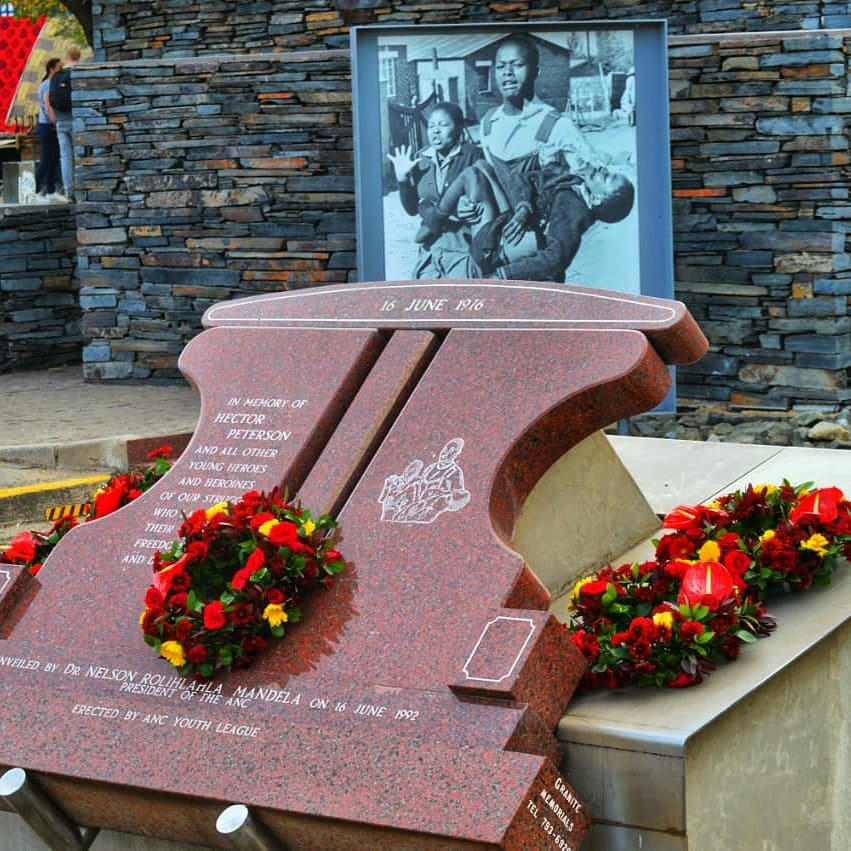
The devastating moment when police fired live ammunition at the unarmed school children was captured in photographer Sam Nzima’s now-iconic photo of the bloody and limp body of 13-year-old Hector Pieterson being carried by an older student. The exact corner where the police turned on the protestors is marked by the Hector Pieterson Memorial and Museum.
This deeply moving museum focuses on the atmosphere leading up to the uprising, the events of June 16 and the after-effects of the unrest and is one of Joburg's best. Startling photographs, personal testimonies, video and informative texts provide an in-depth examination of the events leading up to the 1976 Soweto uprising putting the student's grievances into startling context, and the events of the day of June 16 are outlined in harrowing detail. Note that no cameras are allowed inside the museum. You can take photos outside at the memorial.
Regina Mundi Church
The Regina Mundi Catholic Church in Rockville was built in 1964 and played a significant role in the struggle – it even has the bullet holes to prove it. During the Soweto uprising in 1976, students fled here for refuge and were followed inside by policemen who fired live ammunition into the building. The events of that fateful day are commemorated every year in a special June 16 service. The building has also played an important role in South Africa's post-apartheid history. From 1995 to 1998, Archbishop Emeritus Desmond Tutu presided over several meetings of the Truth and Reconciliation Commission at the 5,000 capacity church, where the perpetrators and victims of human rights abuses carried out during the apartheid era bore testimony.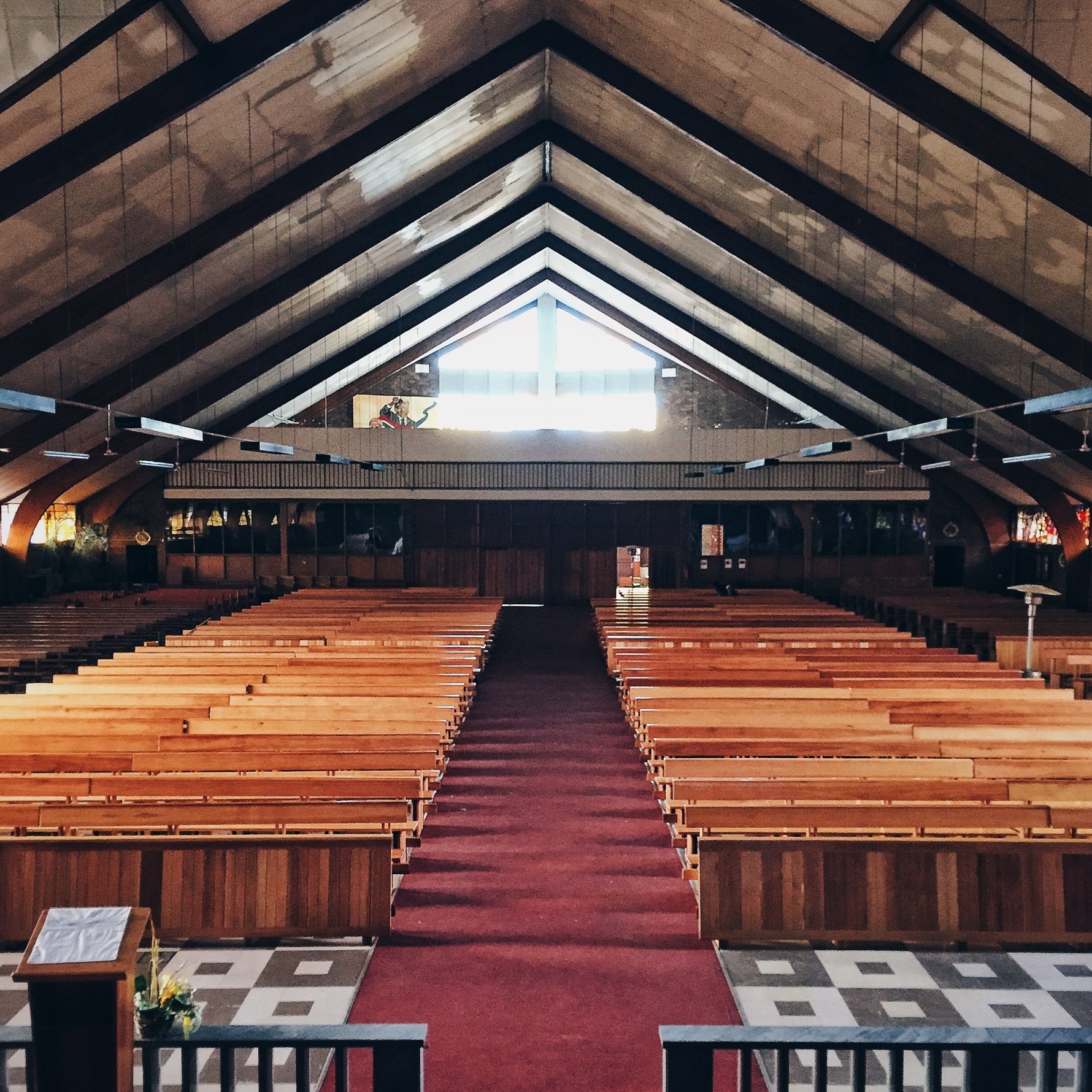
June 16 Memorial Acre
This extensive, open-air memorial, opened in 2015, has been designed to form the start of the so-called 'June 16 Trail'. The story of the protest of June 16 is told in pictures and words with archive photography and murals depicting the scenes of the fateful day. Among the many public artworks and memorials is a statute of one of the main leaders of the protests, Tsietsi Mashinini, who was a pupil at the nearby Morris Isaacson High School. In the aftermath of the protests, the young Mashinini was forced to flee the country and sadly died in exile before apartheid was finally ended in South Africa. Unfortunately, not all the monuments in this memorial park have been kept in good condition, so we suggest visiting as part of a tour with a guide who can advise on its current status.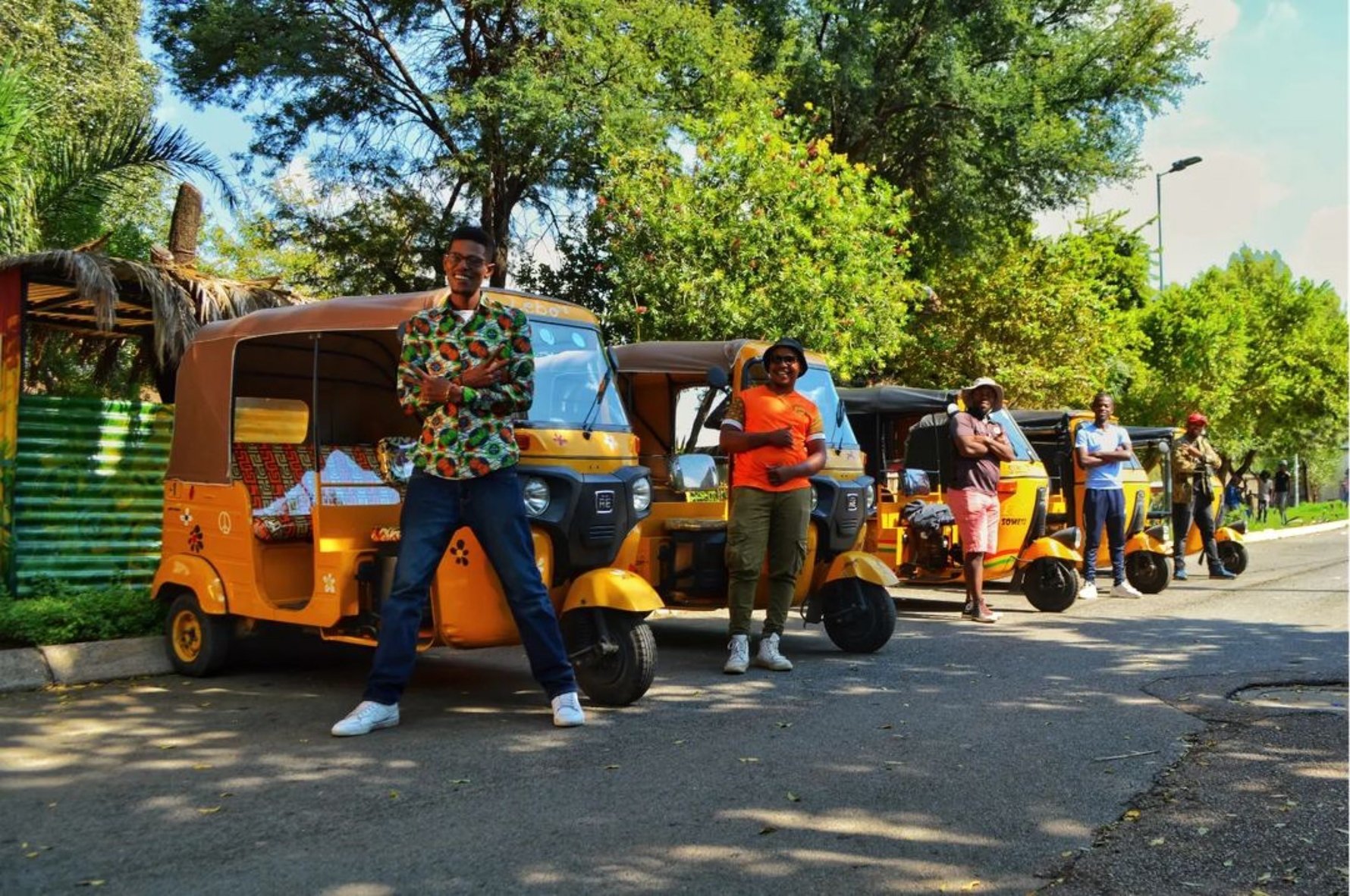
Taking a guided tour of Soweto
All of the main Soweto sights mentioned above can easily be visited on your own, although to really get the most out of a visit to Soweto we always recommend taking a tour of Soweto with a local guide.
By going on a guided tour you'll get to enjoy a more in-depth telling of the Soweto story, and most importantly, you'll get to hear from locals how these stories are remembered within their own families and communities. By taking a walk or cycle with a local guide you will also get to enjoy those essential elements of everyday contemporary Soweto life that might otherwise be difficult to access as an outsider.
Some recommended tours include: Lebo's Soweto Bicycle Tours, TKD Tours, Tour Soweto and Bay of Grace Tours.


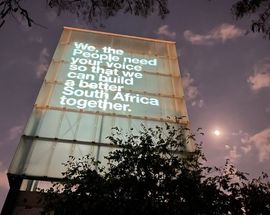
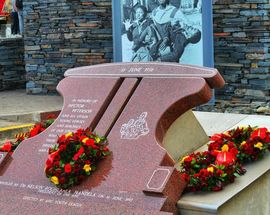
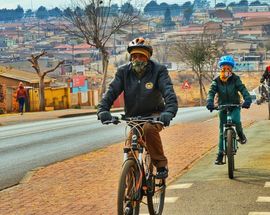


Comments